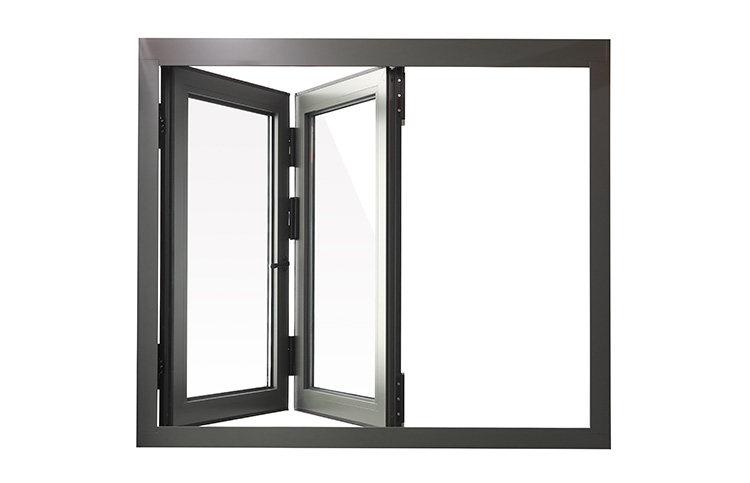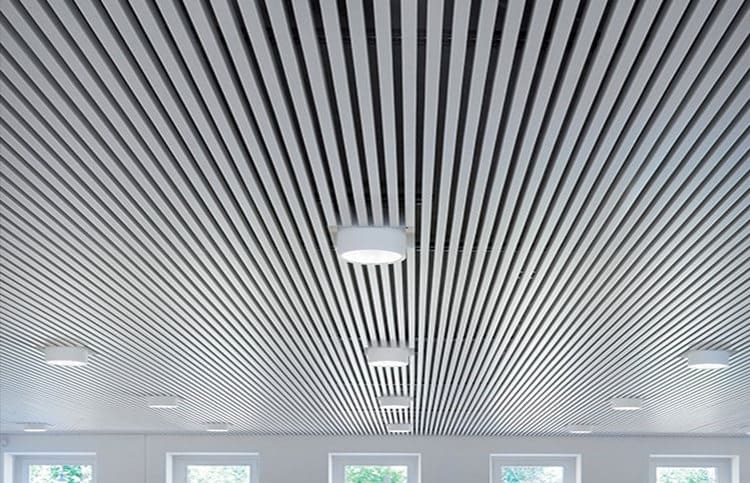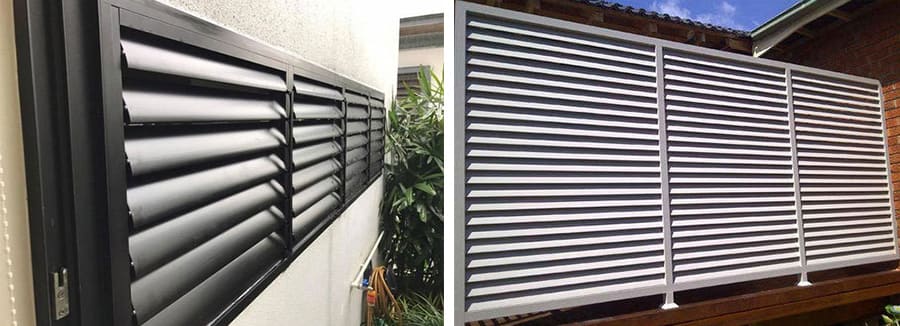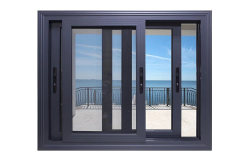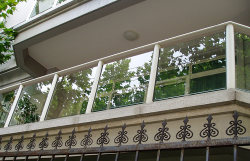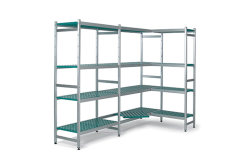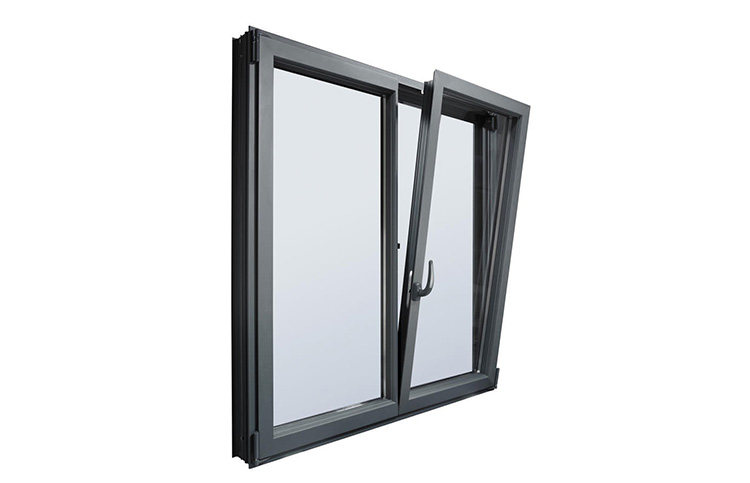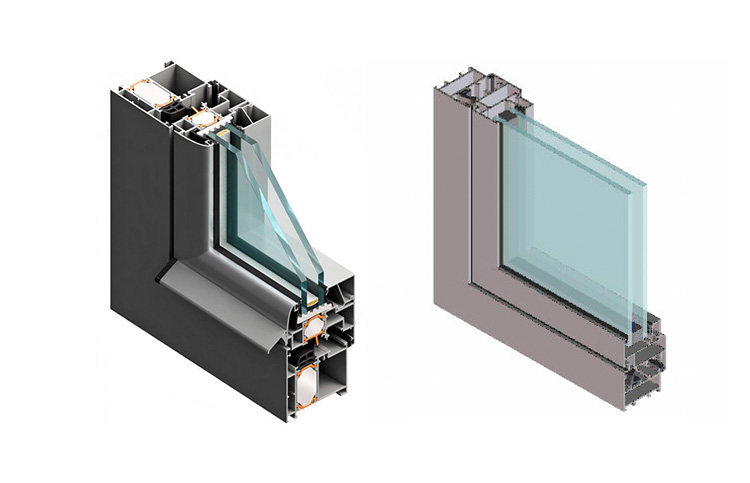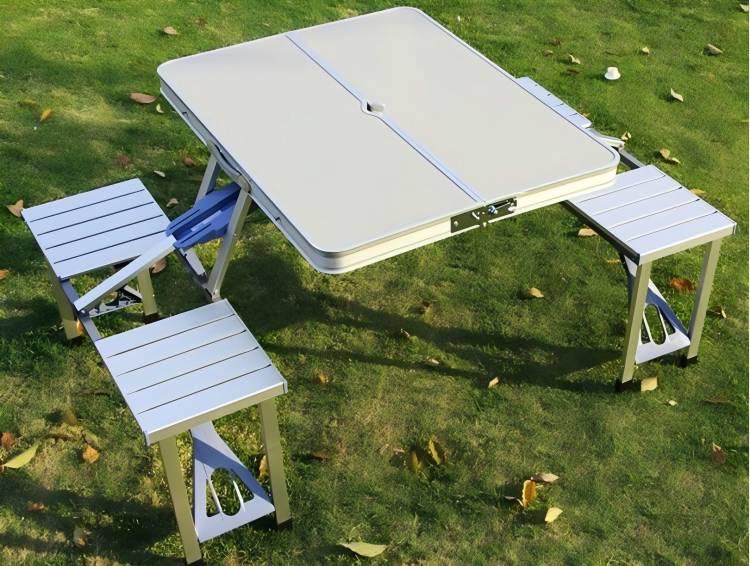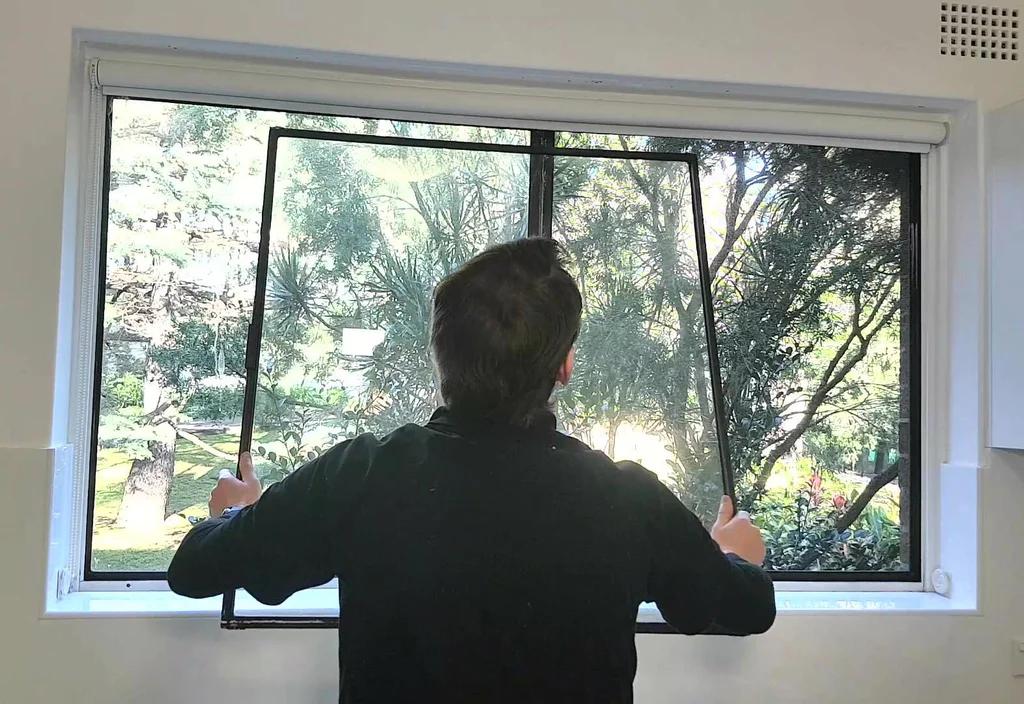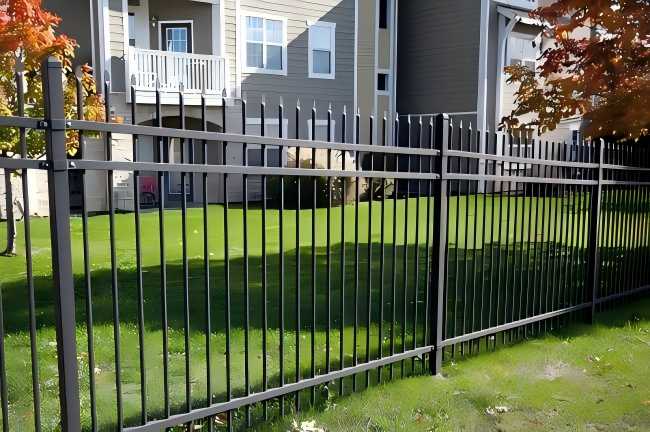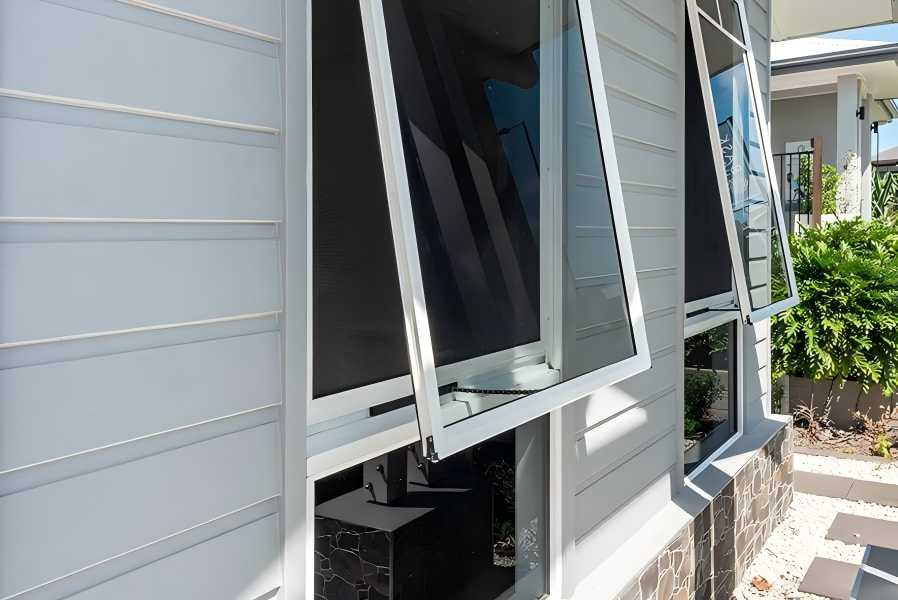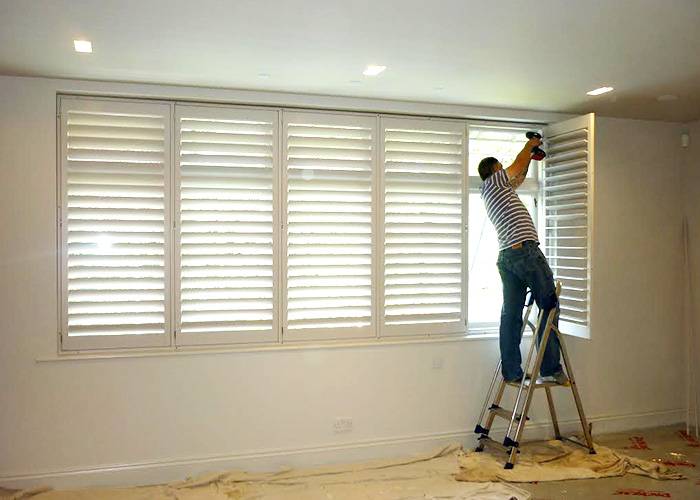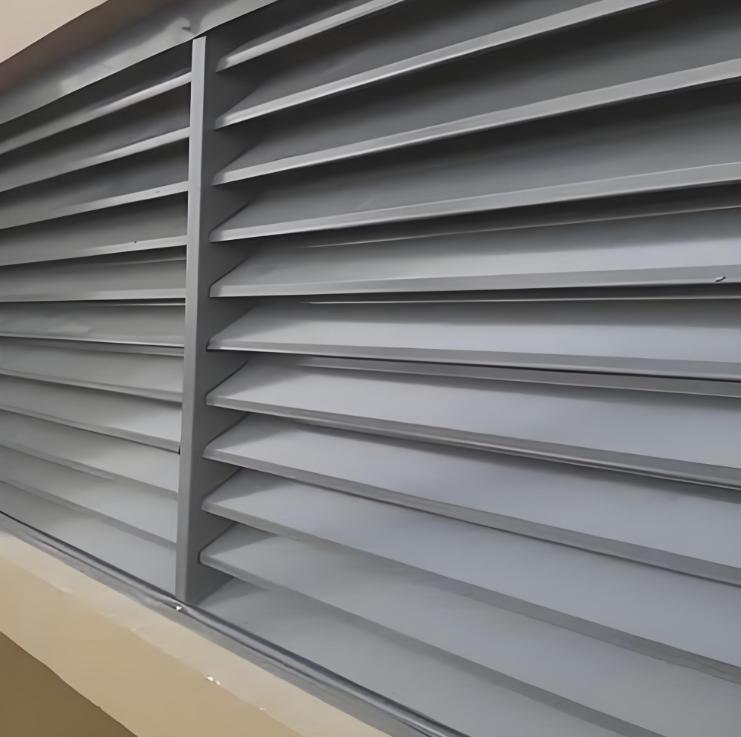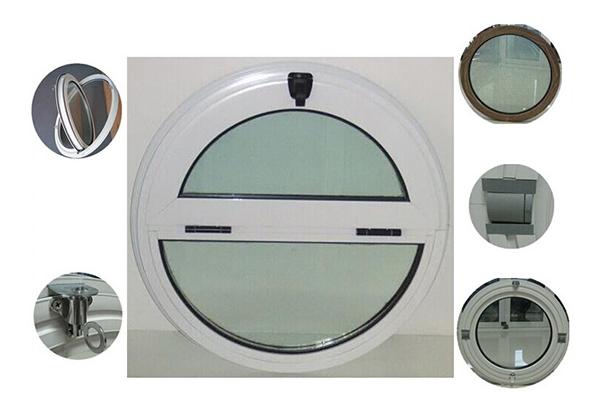Aluminum handrails are not only functional but also add aesthetic appeal to any space. Whether it’s a residential property, a commercial building, or an outdoor environment, aluminum handrails offer versatility, durability, and a range of design options to suit every need. In this article, we’ll explore the various types of aluminum handrails available and their suitability for different spaces.
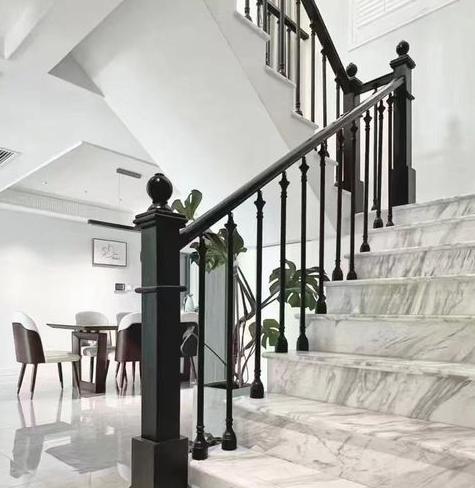
Understanding Aluminum Handrails
Aluminum has emerged as a favored material choice for handrails, owing to a multitude of factors that make it highly desirable for both residential and commercial applications.
Why aluminum is a popular material choice for handrails?
1. Lightweight Nature:
One of the primary reasons aluminum is preferred for handrails is its lightweight composition. Compared to other materials like steel or iron, aluminum is significantly lighter, making it easier to handle during installation while also reducing the load on the structure it’s attached to. This lightweight characteristic makes aluminum handrails particularly suitable for projects where weight restrictions or ease of handling are important considerations.
2. Strength and Durability:
Despite its lightweight nature, aluminum is remarkably strong and durable. It possesses excellent structural integrity, allowing it to withstand heavy loads and provide reliable support. Additionally, aluminum is highly resistant to corrosion, making it ideal for use in outdoor environments where exposure to moisture, humidity, and harsh weather conditions can be detrimental to other materials. The inherent durability of aluminum ensures that handrails maintain their structural integrity and aesthetic appeal over time, with minimal maintenance required.
3. Customization Options:
Aluminum handrails offer a wide range of customization options, allowing designers and architects the flexibility to create handrail systems that complement any architectural style or design aesthetic. Aluminum can be easily molded and shaped into various profiles and designs, ranging from sleek and modern to ornate and traditional. Furthermore, aluminum handrails can be powder-coated in a multitude of colors and finishes, providing endless possibilities for customization to suit the unique requirements and preferences of each project.
Advantages over Other Materials:
1. Superior Corrosion Resistance:
Unlike materials such as steel or iron, aluminum is naturally resistant to corrosion. This inherent resistance to rust and corrosion makes aluminum handrails well-suited for outdoor applications where exposure to moisture, salt, and other environmental elements can cause deterioration over time. Aluminum handrails retain their appearance and structural integrity even in harsh outdoor environments, requiring minimal maintenance to preserve their aesthetic appeal.
2. Low Maintenance Requirements:
Aluminum handrails are known for their low maintenance requirements, making them a practical and cost-effective choice for both residential and commercial projects. Unlike wood handrails that require regular staining or painting to prevent weathering, aluminum handrails simply need occasional cleaning with soap and water to remove dirt and grime. This ease of maintenance translates to long-term savings in both time and resources, making aluminum handrails a preferred choice for projects seeking a durable and hassle-free solution.
In summary, aluminum handrails offer a combination of lightweight construction, strength, durability, and customization options that make them an attractive choice for a wide range of applications. With their superior corrosion resistance and low maintenance requirements, aluminum handrails provide long-lasting safety and aesthetic enhancement to any space, making them a preferred choice for architects, designers, and homeowners alike.
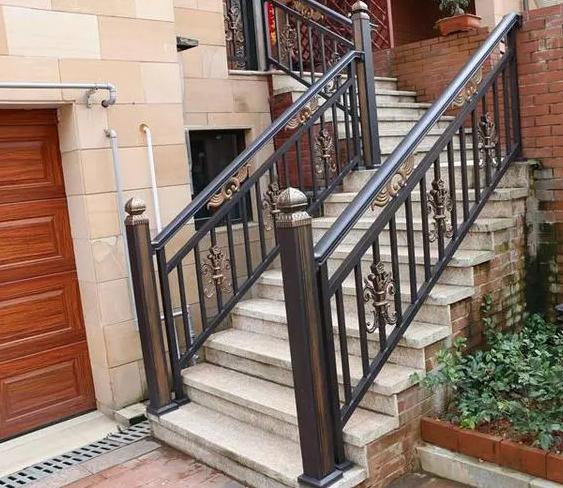
Aluminum Handrail Options for Every Space
For Residential Spaces
Handrails play a pivotal role in ensuring safety and enhancing accessibility within residential settings. Beyond their functional utility, handrails contribute significantly to the overall aesthetic appeal of a home, adding a touch of elegance and sophistication to staircases, balconies, decks, and other areas. Let’s delve into the importance of handrails in residential spaces and explore the diverse styles, designs, and customization options available to homeowners.
Importance of Handrails in Residential Settings:
1. Safety and Fall Prevention:
Handrails provide crucial support and stability, especially in areas where there are changes in elevation such as staircases and elevated platforms. They offer a secure grip for individuals while ascending or descending stairs, reducing the risk of slips, trips, and falls. In homes with elderly residents, children, or individuals with mobility limitations, handrails are indispensable for promoting safety and preventing accidents.
2. Accessibility and Mobility:
Handrails enhance accessibility within the home, allowing individuals of all ages and abilities to navigate the space with ease. They provide support for individuals with mobility aids such as walkers or canes, facilitating independent movement throughout the home. Handrails also aid in transferring between different levels of the home, making it easier for residents to access upper floors, balconies, or outdoor areas.
3. Architectural Enhancement:
Beyond their functional role, handrails contribute to the architectural aesthetics of a home, serving as decorative elements that complement the overall design scheme. Handrails come in a variety of materials, styles, and finishes, allowing homeowners to customize their appearance to match the architectural style and interior decor of their home. Whether it’s a contemporary glass handrail or a classic wrought iron railing, handrails can enhance the visual appeal of staircases, balconies, and other areas, adding character and charm to the home.
Exploring Different Styles and Designs Suitable for Homes:
1. Traditional Handrails:
Traditional handrails feature timeless designs characterized by classic profiles, ornate detailing, and elegant finishes. These handrails are well-suited for homes with a traditional or vintage aesthetic, adding a touch of sophistication to staircases and balconies. Traditional handrails are typically crafted from materials such as wood, wrought iron, or aluminum, offering homeowners a range of options to complement their home’s architectural style.
2. Modern and Contemporary Handrails:
Modern and contemporary handrails feature sleek, minimalist designs characterized by clean lines, geometric shapes, and innovative materials. These handrails are ideal for homes with a modern or minimalist aesthetic, providing a seamless blend of form and function. Modern handrails may incorporate materials such as stainless steel, glass, or aluminum, creating a visually striking focal point that enhances the overall ambiance of the home.
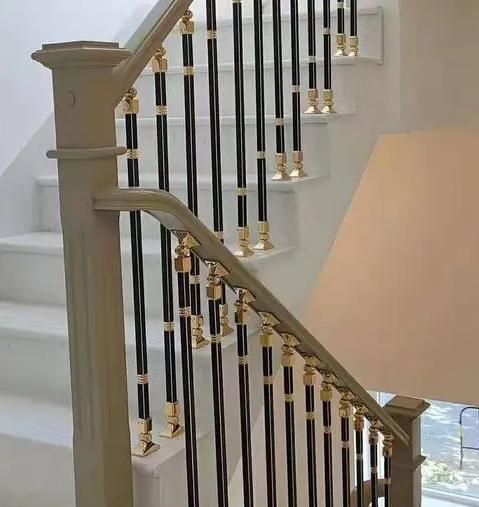
Customization Options to Match Various Home Aesthetics:
1. Material Selection:
Homeowners can choose from a variety of materials for their handrails, including wood, metal, glass, and composite materials. Each material offers unique aesthetic and functional qualities, allowing homeowners to select the option that best complements their home’s style and decor.
2. Finish and Color Options:
Handrails can be customized with a wide range of finishes and colors to match the existing finishes in the home or create a striking contrast for visual interest. From natural wood finishes to powder-coated metal finishes, homeowners have the flexibility to personalize their handrails to suit their preferences and design vision.
3. Design Customization:
Handrails can be customized in terms of design elements such as profile shape, railing height, baluster style, and decorative detailing. Whether homeowners prefer a simple and understated design or a more elaborate and ornate style, customization options allow them to create handrails that reflect their unique taste and personality.
In summary, handrails are integral components of residential spaces, providing essential safety and accessibility while enhancing the architectural aesthetics of the home. With a diverse range of styles, designs, and customization options available, homeowners can select handrails that not only meet their functional needs but also complement their home’s overall aesthetic vision, adding value and beauty to their living environment.
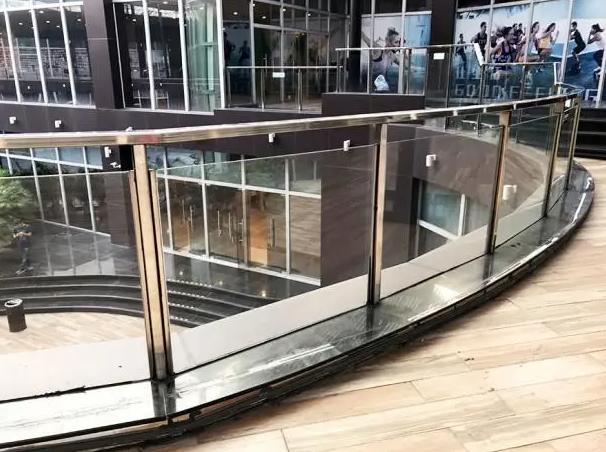
For Commercial Spaces
Handrails are indispensable components in commercial spaces, serving multifaceted roles in enhancing safety, accessibility, and compliance with regulations.
The Role of Handrails in Commercial Environments:
1. Safety and Liability Mitigation:
Handrails play a crucial role in ensuring the safety of employees, customers, and visitors within commercial buildings. They provide essential support and stability, particularly in areas with stairs, ramps, or elevated platforms, reducing the risk of slips, trips, and falls. By installing handrails, businesses demonstrate their commitment to maintaining a safe and secure environment, thereby mitigating potential liability risks associated with accidents or injuries on their premises.
2. Accessibility and Inclusivity:
Handrails promote accessibility and inclusivity within commercial spaces, allowing individuals of all ages and abilities to navigate the environment with ease. In compliance with regulations such as the Americans with Disabilities Act (ADA), handrails facilitate barrier-free access for individuals with disabilities or mobility impairments. Accessible handrails are designed to meet specific dimensional and structural criteria, ensuring that they are easily reachable, graspable, and provide adequate support for users with varying needs.
3. Architectural Enhancement:
Beyond their functional utility, handrails contribute to the overall aesthetic appeal and architectural design of commercial spaces. Aluminum handrails offer businesses a versatile and stylish solution for enhancing the visual aesthetics of their premises. Whether it’s a sleek and modern design for a corporate office building or a more traditional style for a historic landmark, aluminum handrails can be customized to complement the architectural vision and interior decor of commercial properties.
Aluminum Handrail Options for Businesses:
1. Durable and Low-Maintenance:
Aluminum handrails offer businesses a durable and low-maintenance solution for enhancing safety and aesthetics in commercial environments. Aluminum is inherently resistant to corrosion, rust, and deterioration, making it ideal for use in high-traffic areas and outdoor applications. Aluminum handrails require minimal upkeep and are easy to clean, ensuring long-lasting performance and cost-effectiveness for businesses.
2. Customizable and Versatile:
Aluminum handrails can be customized to meet the unique needs and design preferences of businesses, offering a wide range of options in terms of profiles, finishes, and accessories. Whether it’s a standard handrail system for a retail store or a bespoke design for a corporate headquarters, aluminum handrails can be tailored to complement the branding, architecture, and interior decor of commercial properties. From powder-coated finishes in corporate colors to sleek and contemporary railing designs, businesses have the flexibility to create handrail systems that reflect their identity and enhance the overall ambiance of their spaces.
3. ADA-Compliant Options:
For businesses seeking to ensure compliance with ADA standards, aluminum handrails can be designed and installed to meet specific accessibility requirements. ADA-compliant handrails feature ergonomic designs, appropriate dimensions, and tactile indicators to facilitate safe and comfortable navigation for individuals with disabilities. Businesses can work with experienced contractors and manufacturers to select and install ADA-compliant aluminum handrail systems that meet regulatory standards and promote inclusivity within their premises.
In summary, aluminum handrails play a vital role in enhancing safety, accessibility, and architectural aesthetics in commercial spaces. By understanding the importance of handrails, complying with regulatory standards, and selecting suitable aluminum handrail options, businesses can create welcoming, inclusive, and visually appealing environments that prioritize the well-being and satisfaction of their employees, customers, and visitors.
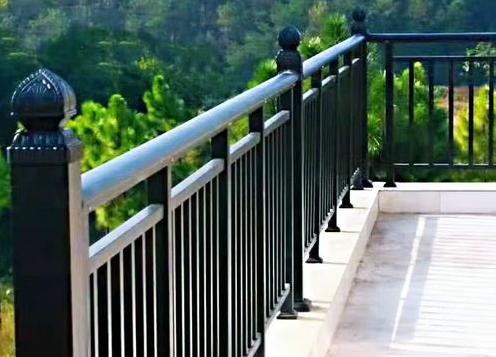
For Outdoor Applications
Outdoor environments present unique challenges for handrails, requiring materials that can withstand exposure to harsh weather conditions, temperature fluctuations, and environmental elements.
Challenges of Outdoor Environments for Handrails:
- Exposure to the Elements: Handrails installed in outdoor settings are exposed to a wide range of environmental factors, including sunlight, rain, snow, wind, and humidity. These elements can cause deterioration, corrosion, and structural damage to handrail materials over time, compromising their safety and durability.
- Temperature Fluctuations: Outdoor environments experience fluctuations in temperature throughout the year, from freezing temperatures in winter to scorching heat in summer. These temperature extremes can cause expansion and contraction of materials, leading to warping, cracking, or weakening of handrails if they are not designed to withstand such conditions.
- Maintenance Challenges: Maintaining handrails in outdoor environments can be challenging due to the accumulation of dirt, debris, and moisture. Without regular cleaning and upkeep, outdoor handrails may become slippery, corroded, or unsightly, posing safety hazards and detracting from the overall appearance of the outdoor space.
Weather-Resistant Features of Aluminum Handrails:
1. Corrosion Resistance:
Aluminum is naturally resistant to corrosion, making it an ideal choice for outdoor handrails. Unlike steel or iron, which are prone to rust and corrosion when exposed to moisture and oxygen, aluminum remains unaffected by environmental elements, ensuring long-lasting performance and structural integrity.
2. UV Resistance:
Aluminum handrails are also resistant to UV radiation from sunlight, preventing fading, discoloration, or degradation of the material over time. UV-resistant finishes can be applied to aluminum handrails to further enhance their durability and protect them from the damaging effects of prolonged sun exposure.
3. Low Maintenance:
Aluminum handrails require minimal maintenance in outdoor environments, reducing the need for regular cleaning, painting, or refinishing. Occasional cleaning with soap and water is usually sufficient to remove dirt, debris, and stains, ensuring that the handrails remain clean, safe, and visually appealing with minimal effort.
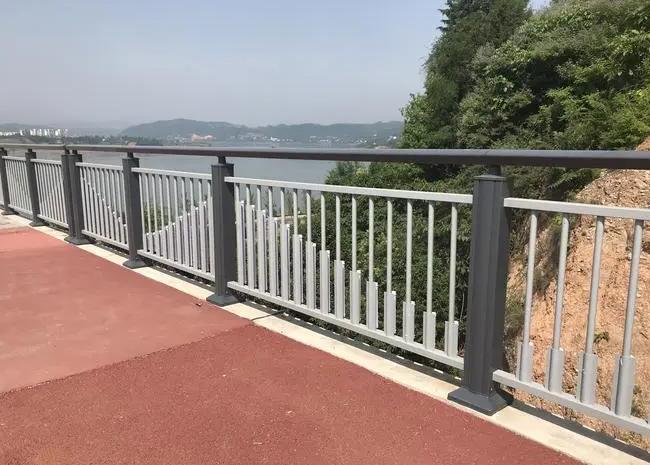
Examples of Aluminum Handrails Used in Outdoor Settings:
1. Outdoor Decks and Patios:
Aluminum handrails are commonly used in outdoor decks, patios, and balconies to provide safety and support for occupants. These handrails can be customized to match the design aesthetic of the outdoor space, whether it’s a contemporary urban terrace or a rustic countryside deck.
2. Poolside Areas:
Poolside handrails are essential for ensuring safety and accessibility around swimming pools and water features. Aluminum handrails are ideal for poolside applications due to their corrosion resistance and ability to withstand exposure to chlorine, saltwater, and other pool chemicals.
3. Public Parks and Recreation Areas:
Aluminum handrails are often installed in public parks, recreational trails, and outdoor recreational facilities to provide guidance and support for visitors. These handrails may be incorporated into staircases, ramps, or viewing platforms, enhancing safety and accessibility for individuals of all ages and abilities.
In summary, aluminum handrails offer a durable, weather-resistant solution for outdoor applications, addressing the challenges posed by exposure to the elements in outdoor environments. With their corrosion resistance, UV resistance, and low maintenance requirements, aluminum handrails provide reliable support and safety in outdoor settings while maintaining their aesthetic appeal for years to come.
Conclusion
Aluminum handrails offer a versatile and durable solution for handrail needs in every space, from residential to commercial to outdoor environments. With their wide range of design options, ease of installation, and low maintenance requirements, aluminum handrails are an excellent choice for enhancing safety and aesthetics in any setting. Consider aluminum handrails for your next project to add both functionality and style to your space.

